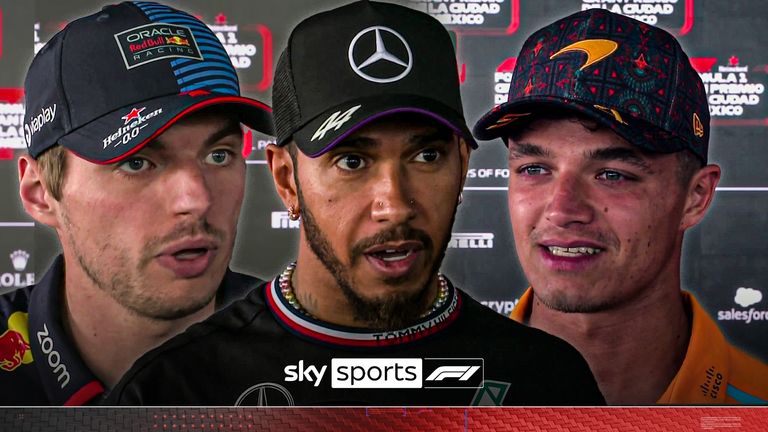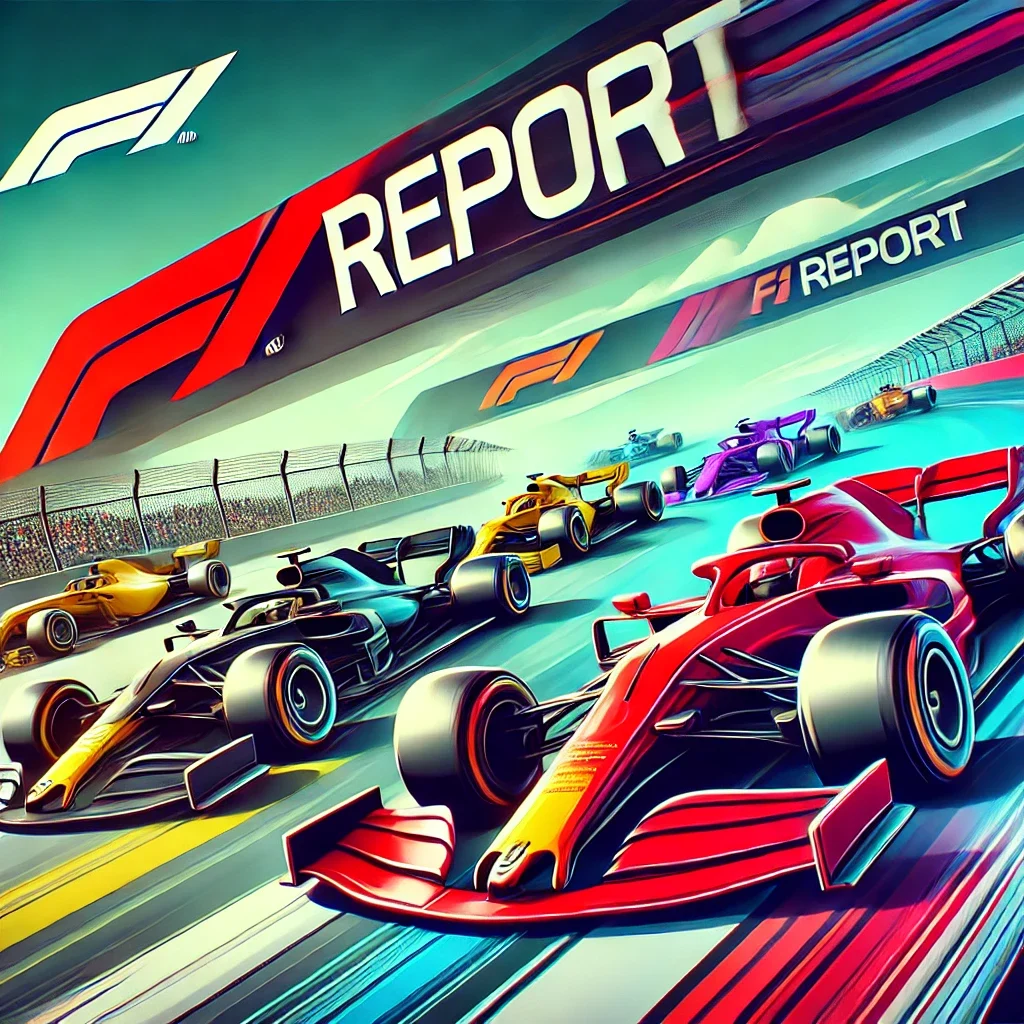BREAKING NEWS: The Overtake Incident: Norris vs. Verstappen

BREAKING NEWS : The Overtake Incident: Norris vs. Verstappen
During the United States Grand Prix, McLaren lodged an official protest against the penalty imposed on their driver, Lando Norris, for an overtake maneuver involving Red Bull’s Max Verstappen. The incident in question took place late in the race as Norris attempted to pass Verstappen for third place. However, in doing so, Norris briefly left the track and used the runoff area, which the race stewards interpreted as gaining an unfair advantage. The result was a five-second penalty added to Norris’s race time, which shifted him from finishing third on track to a final position of fourth. As a consequence, Verstappen maintained third place, and his lead in the Drivers’ Championship was extended to 57 points, with five races still to go in the season.
The penalty decision stirred significant debate within the F1 community and prompted McLaren to reassess whether it was fair. From McLaren’s perspective, Norris’s move was justified given the situation. As Norris approached the overtake, Verstappen braked later than usual and went slightly off-track himself, creating a complex scenario for Norris to navigate. McLaren contends that Norris was essentially left with no alternative but to use the runoff area to complete his pass. The team believes that Verstappen’s braking and positioning forced Norris’s hand, making it impossible to keep all four wheels on the track during the overtake.
Initially, McLaren’s team principal, Andrea Stella, expressed doubt about formally appealing the decision. Stella’s hesitancy stemmed from the FIA’s requirement that any challenge must be accompanied by “significant and relevant” new evidence. In F1, appealing penalties like this requires evidence that was not available to the stewards at the time they issued their ruling. Without such material, an appeal would likely be dismissed before reaching further consideration. Stella acknowledged this reality immediately following the race, suggesting that without new data or insights, their chances of overturning the penalty were slim.
Nevertheless, McLaren has since decided to pursue a bid to overturn the penalty, which implies they believe they have acquired new evidence that might alter the original ruling. This additional evidence might include analysis of Verstappen’s actions during the overtaking sequence, such as his late braking and positioning on the track that may have limited Norris’s options. The team might also present telemetry data, onboard footage, or other information that could paint a clearer picture of the circumstances surrounding the maneuver.
McLaren’s protest brings attention to a broader debate within Formula 1 about how penalties for track limits and overtaking should be enforced, particularly in close racing situations. The incident highlighted the fine line drivers must walk between aggressive but fair racing and adhering to track boundaries. Many fans and analysts have pointed out that the stewards’ decision to penalize Norris may have been too strict, especially given Verstappen’s own wide entry into Turn 12, which played a role in the situation. Critics of the penalty argue that Norris should not have been penalized for what appeared to be a natural reaction to Verstappen’s maneuver, which some see as a reasonable racing incident rather than a breach deserving a time penalty.
McLaren’s challenge of the decision reflects their commitment to defending their driver’s performance and their broader competitiveness in the season. The penalty affected not only the team’s points tally but also its momentum in the final stages of the season, where every position and point is crucial for both the Drivers’ and Constructors’ Championships. For Norris, the penalty represented a missed opportunity to finish ahead of Verstappen on the track and reduce the gap between him and other drivers in the standings.
If McLaren’s bid is successful, it could result in the penalty being rescinded and Norris’s third-place finish being reinstated, which would shift the outcome of the race and impact both the Drivers’ and Constructors’ standings. However, appeals in F1 are rarely successful, particularly when the issue revolves around subjective judgments made by stewards. It remains to be seen whether McLaren’s newly gathered evidence will be deemed sufficient to warrant a revision of the penalty.
As McLaren awaits a decision, the situation has ignited discussions about the consistency of penalty decisions in Formula 1 and the interpretation of rules surrounding track limits. Many in the racing community are watching closely, as the ruling could set a precedent for similar incidents in the future. For now, McLaren’s determination to fight the penalty showcases their belief in Norris’s driving and their confidence in their competitive position, underscoring the team’s pursuit of fairness and their dedication to supporting their drivers amid tight, contentious racing at the pinnacle of motorsport.





